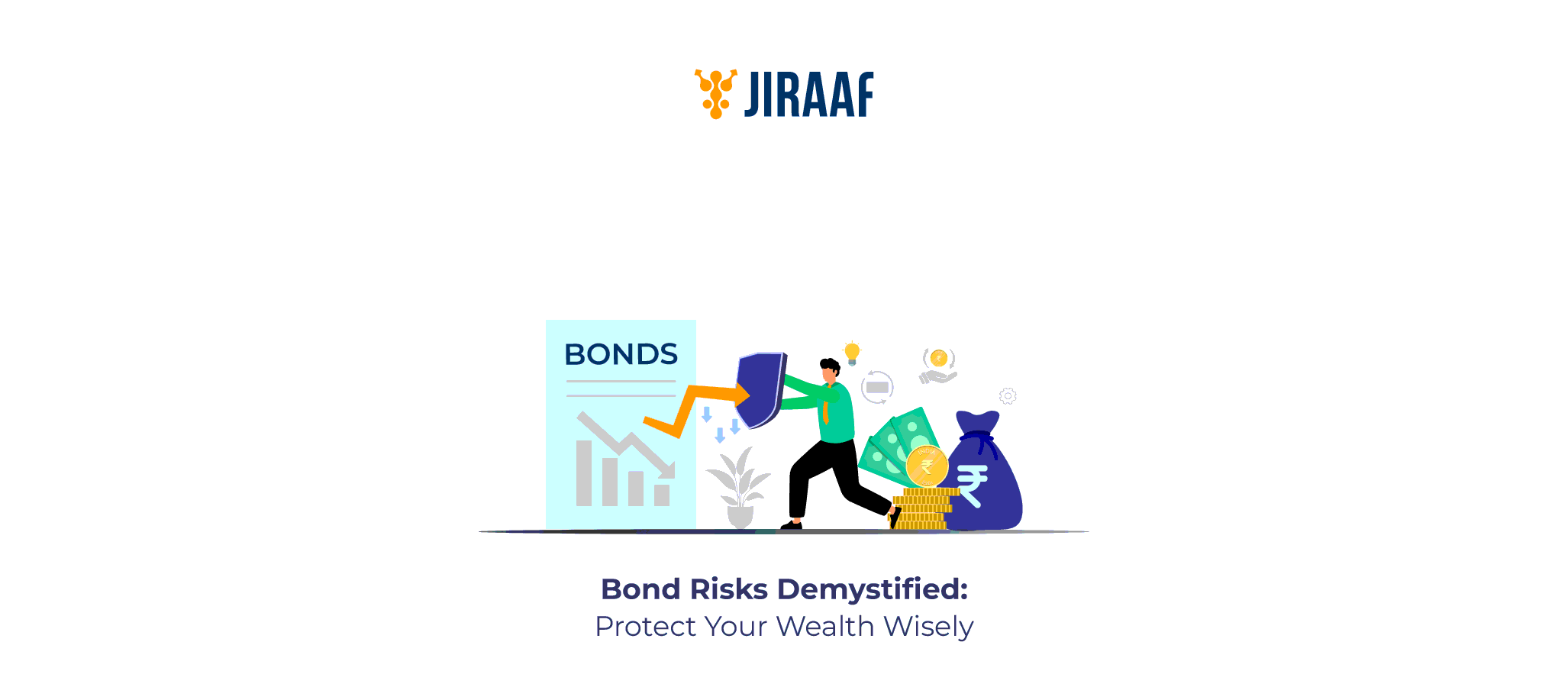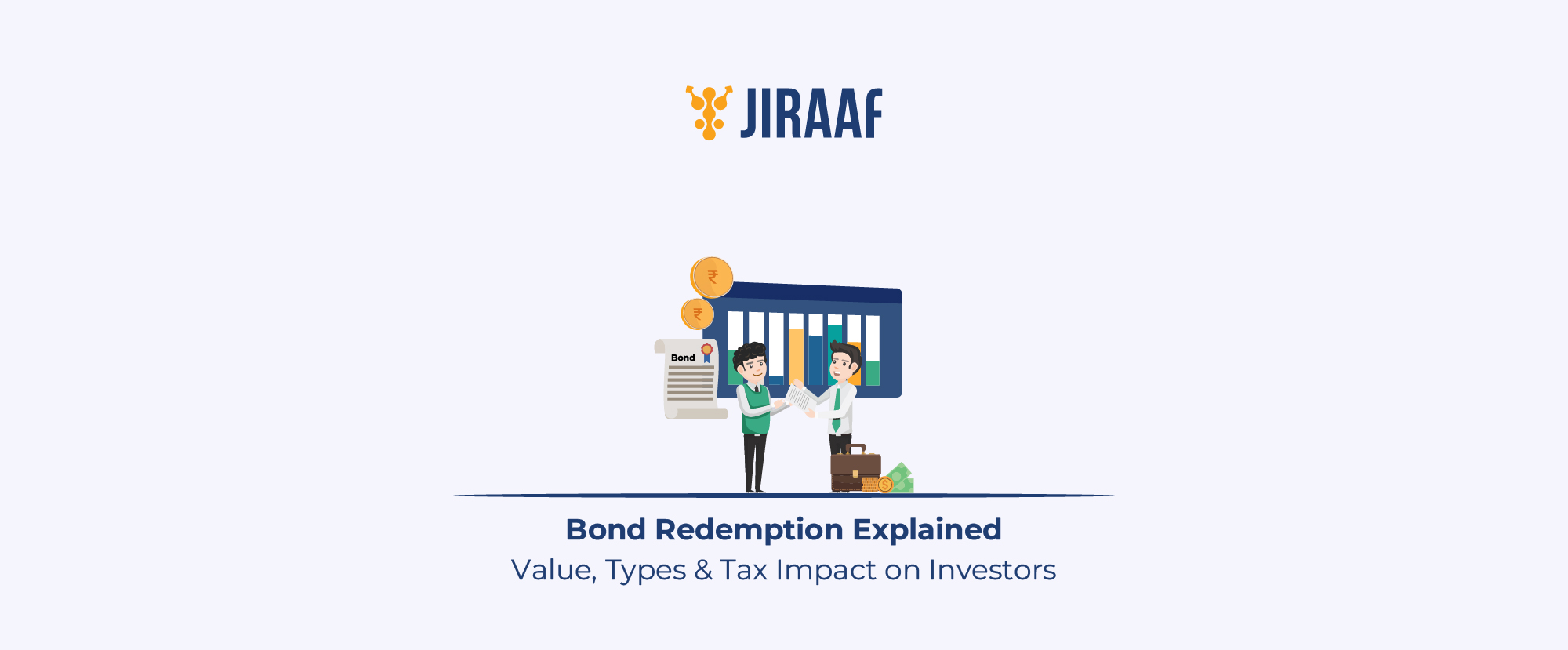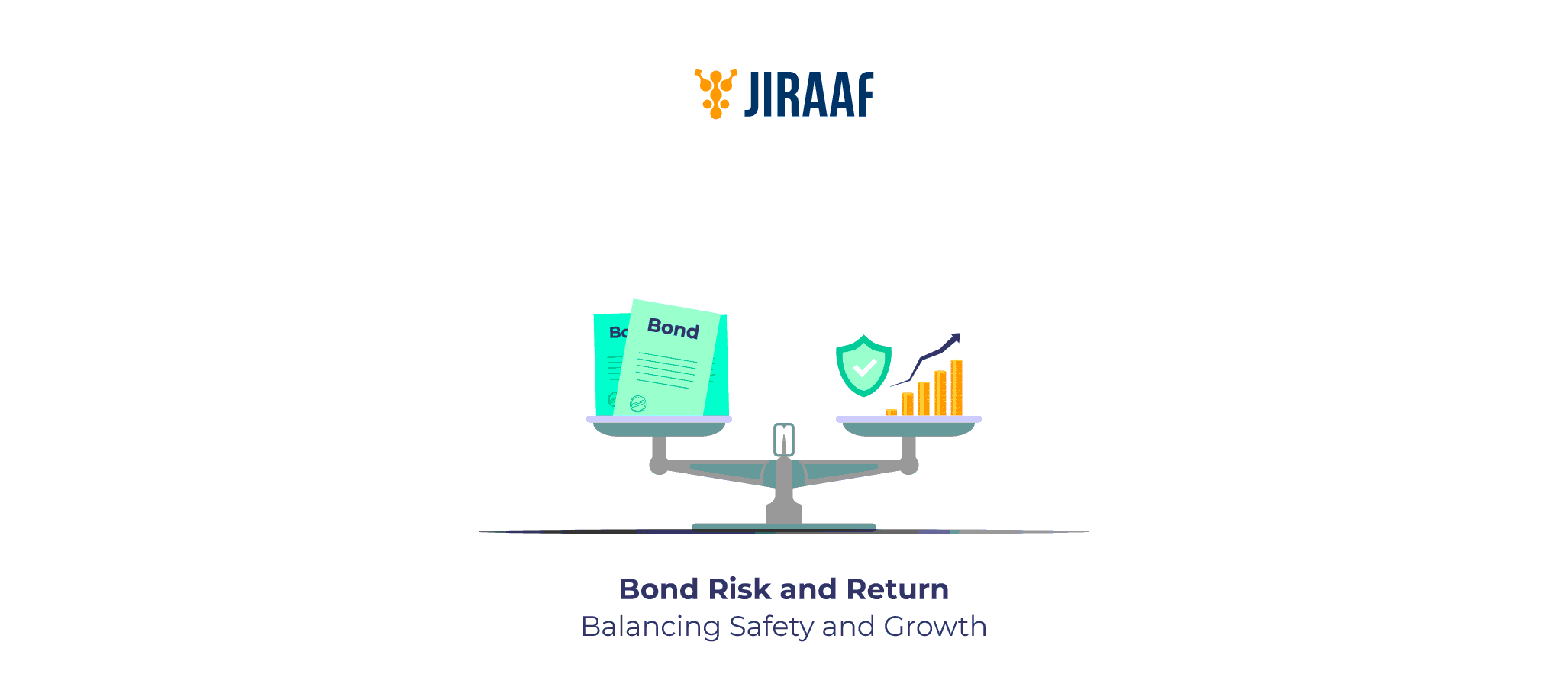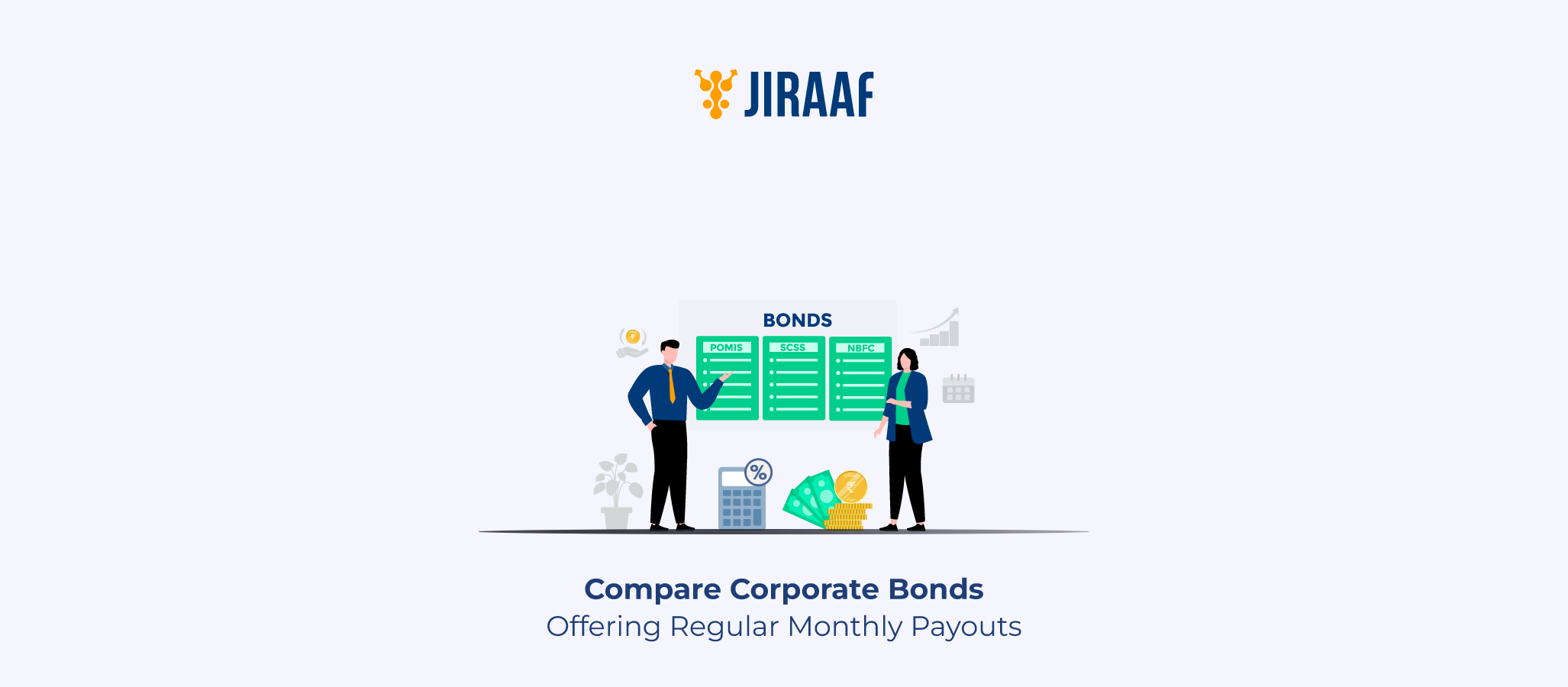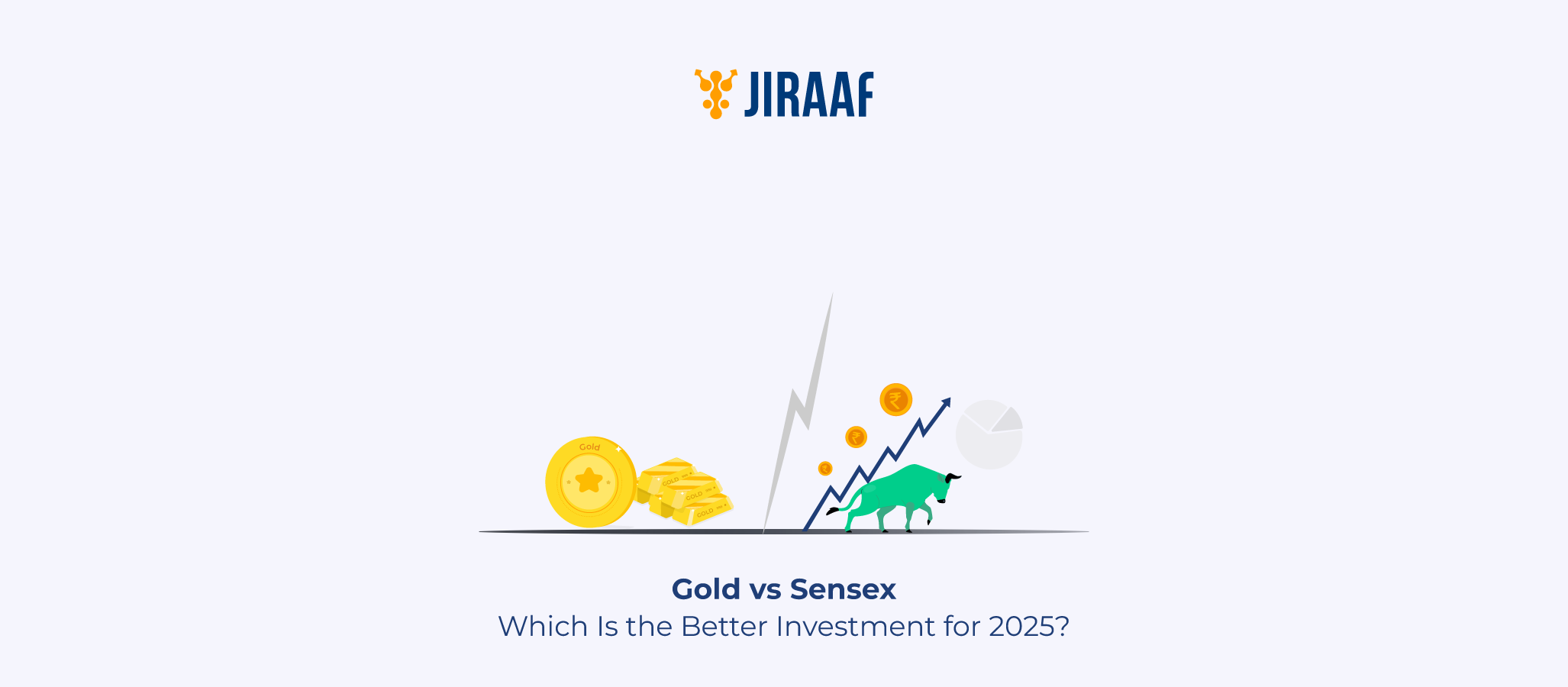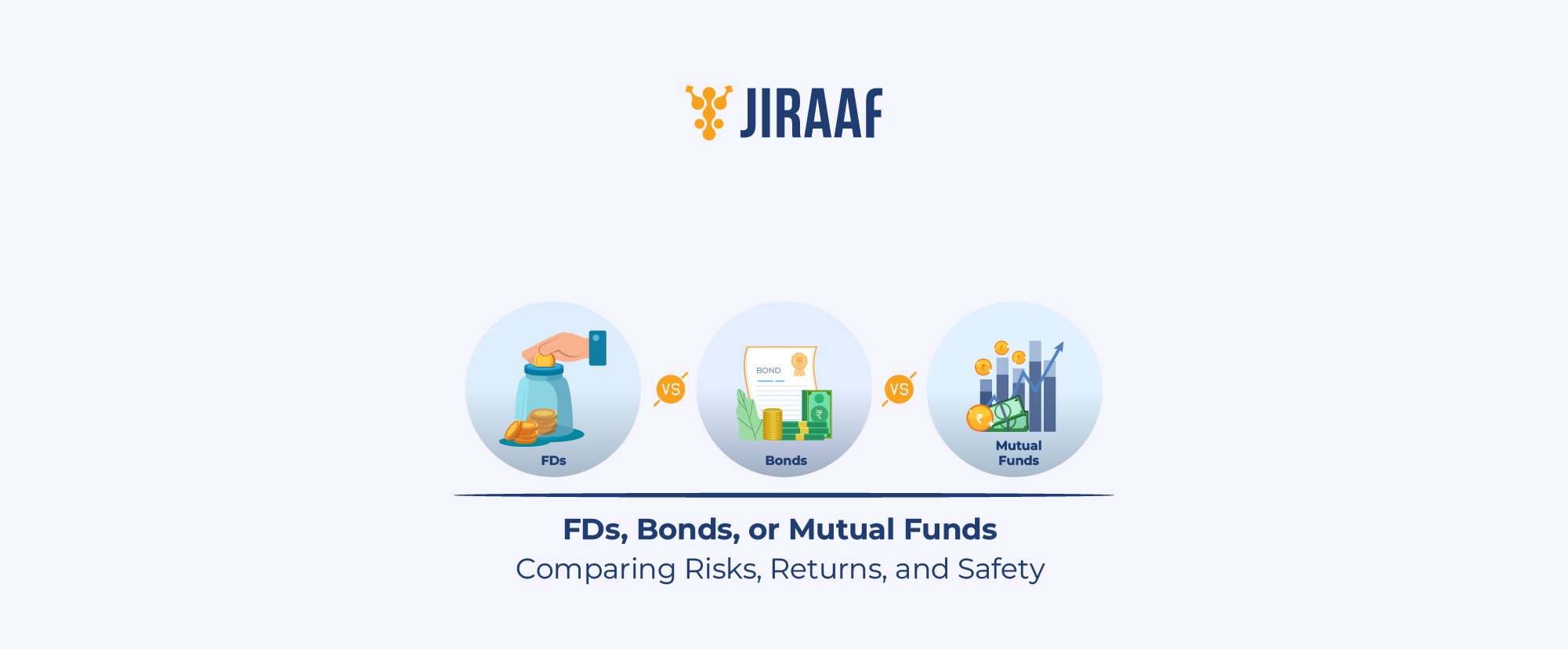We’ve all heard that bonds are safe, and investors should balance out their riskier investments with these, but we wonder exactly how safe they are, whether they carry any risks or not, and how they make the claim of being so safe, among other things.
As all investments carry risk, so do bonds. The type, potential, and level might vary, and some options come very close to having none, but they each come with some level of risk.
And that’s what we will deep dive into in this blog; let’s look at some of the most common risks associated with bonds and how you can manage them efficiently.
What are Bonds and How do They Work?
Bonds are fixed-income instruments that provide safe and stable income to the investors. These debt securities are issued by private, public or government entities in order to raise funds for business expansion, infrastructure development etc.
Investors lend money to these entities by purchasing the bonds they issue.
In exchange, according to the bond type, the borrower agrees to pay a fixed interest at regular intervals and also promises to repay the principal amount at maturity.
Now that you have a better understanding about what bonds are and how they work, it is time to discuss the underlying risks associated with these debt instruments.
Interest Rate Risk: What if the Market Rates Rise?
Interest rate risk in bonds refers to the volatility in the price of bonds when market interest rates rise and fall. Bonds and interest rates are inversely correlated. In other words, a rise in interest rates makes existing bond prices cheaper in the secondary market, while bond prices rise when interest rates fall.
This happens because when interest rates fall, investors rush to buy older bonds that pay higher interest than new ones. This extra demand pushes the price of those existing bonds up.
On the other hand, when interest rates rise, investors tend to avoid older bonds that pay less than the new ones available. So, they sell them off, which causes the prices of those bonds to drop.
For example, an investor purchased a 10-year bond with a 6% coupon. After a year, market interest rates rise to 8%. Now, the newly issued bonds are yielding 8%, making the 6% return look less appealing. Hence, the investor sells their existing bond to gauge higher returns with 8% yield bond.
Credit Risk: What if the Issuer Defaults?
One of the prevalent risks in bond investing is the risk of issuer default. Credit risk means the possibility of the issuer failing to meet their promise of returning the principal amount back at the bond’s maturity or making timely interest payments. This type of risk is more relevant to corporate bonds, where repayment depends on the financial health and stability of the issuing company.
To help investors evaluate this risk, credit rating agencies such as CRISIL, ICRA, and CARE assess issuers and assign ratings. These ratings range from “AAA” (the highest safety rating) to “D” (default), providing investors with a benchmark of how likely an issuer is to honor its commitments.
At Jiraaf, every bond undergoes rigorous credit assessment, ensuring only investment-grade opportunities from financially strong issuers are offered to investors.
Liquidity Risk: What if the Bond is Illiquid?
Liquidity risk is the inability to sell bonds quickly in the secondary markets at a fair price. Government bonds and investment-grade corporate bonds in India re highly liquid due to their minimal default risk. However, lower-rated corporate bonds are susceptible to less volume and limited participation. Another reason for limited liquidity of bonds is many Indian investors hold onto bonds till maturity, restricting secondary market activity.
Inflation Risk: What if the Bond Fails to Beat Inflation?
When an investor buys a bond, they lock in a fixed or variable return for its tenure. If inflation rises faster than the bond’s coupon rate, the investor’s purchasing power decreases. In real terms, the returns may even turn negative.
For example, if a bond offers a 3% return but inflation climbs to 4%, the actual return is effectively -1% after adjusting for the loss in purchasing power.
Reinvestment Risk: What Happens After Maturity?
Reinvestment risk arises when investors must reinvest bond proceeds at a lower return than before. This is often triggered by falling in the case of interest rate changes and callable bonds.
When an issuer calls a bond early, the investor will receive their principal with a premium sometimes. However, investors can struggle to reinvest the proceeds in another bond at comparable returns. This risk can erode long-term gains and hinder capital growth.
Now that we have discussed all the risks associated with bonds, the next natural step is to discuss ways of managing these risks.
How to Manage Bond Risks as an Investor
Managing bond risks as an investor is all about balancing safety with returns. Here are three ways investors can manage risks associated with bonds:
Diversification
Investors should spread their bond investments across multiple issuers and sectors. Sector diversification reduces exposure to a single company or industry.
Choosing Investment-grade Bonds
Always invest in bonds that carry credit ratings ranging from (AAA) to (BBB-). Bonds under this rating range are investment-grade bonds and hence they carry a much lower probability of default while still offering higher yields.
Portfolio Laddering
Portfolio laddering refers to investing in bonds with varying maturity. This strategy ensures steady cash flow, reduces reinvestment risk, and allows you to reinvest portions of your portfolio at prevailing interest rates without exposing all your capital to market timing.
Conclusion
Investors can further strengthen their portfolio by diversifying their investments across issuers and sectors, and by building a ladder of bonds with different maturities. A successful bond portfolio is not just about safety, it is about combining quality, diversification, and smart structuring to create steady income and long-term resilience.
